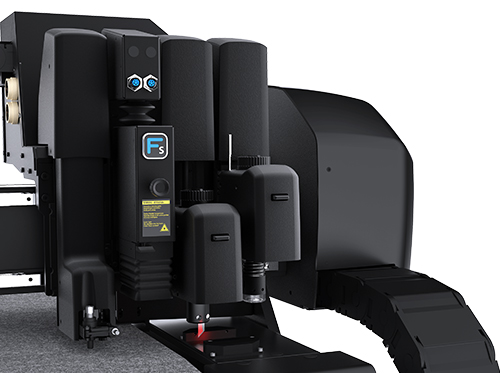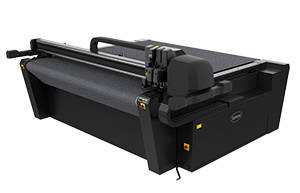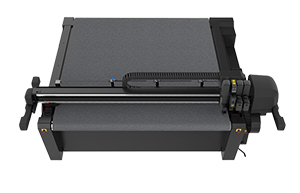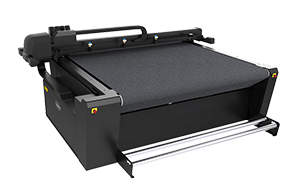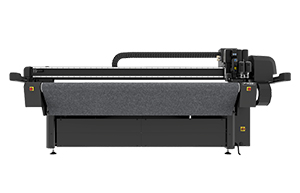At ISA Sign Expo 2025, HP will announce the HP Latex 730 and HP Latex 830 Printer Series, its latest generation of water-based HP Latex large-format printing solutions. Following last month’s innovations announced at HP Amplify — including the all-in-one HP Latex R530 and HP PrintOS Production Hub — the unveiling of the new series reinforces HP’s ongoing commitment to innovation in Large Format printing, delivering an unrivaled portfolio of hardware, software solutions and services.
The HP Latex 730 and HP Latex 830 are designed to deliver high-impact print quality, enhance productivity and costs for small and medium-sized Print Shops (PSPs) while continuing to differentiate with a sustainability edge.
High-Value Output with Consistent Quality
With the new colour pipeline, HP Pixel Control, the latest generation of inks and printhead architecture, these advanced printers deliver elevated print quality with maximum consistency.
HP Pixel Control is the digital colour pipeline that enables PSPs to deliver a more robust and consistent image quality at a lower number of passes, allowing customers to print uniform solid colours and greater detail. Additionally, enhanced colour consistency and the ability to create colour profiles with the HP Embedded Spectrophotometer allows PSPs to confidently repeat print jobs across various media types without compromising quality.
These printers are a powerful tool for diverse printing needs. Equipped with HP Latex Ink to deliver vivid colours and universal user-replaceable HP Latex Printheads to deliver sharp 4-point text, PSPs can print a wide range of applications – including branded campaigns, décor, and titled graphics – benefiting now from automated double-sided printing.
“One of the top highlights I’m seeing with this printer is that I’m getting finer details, banding reduction and text sharpness at lower pass modes”, said Andreas Griess, Owner and Managing Director of DCO Digitaldruck Centrum Oldenburg GmbH.
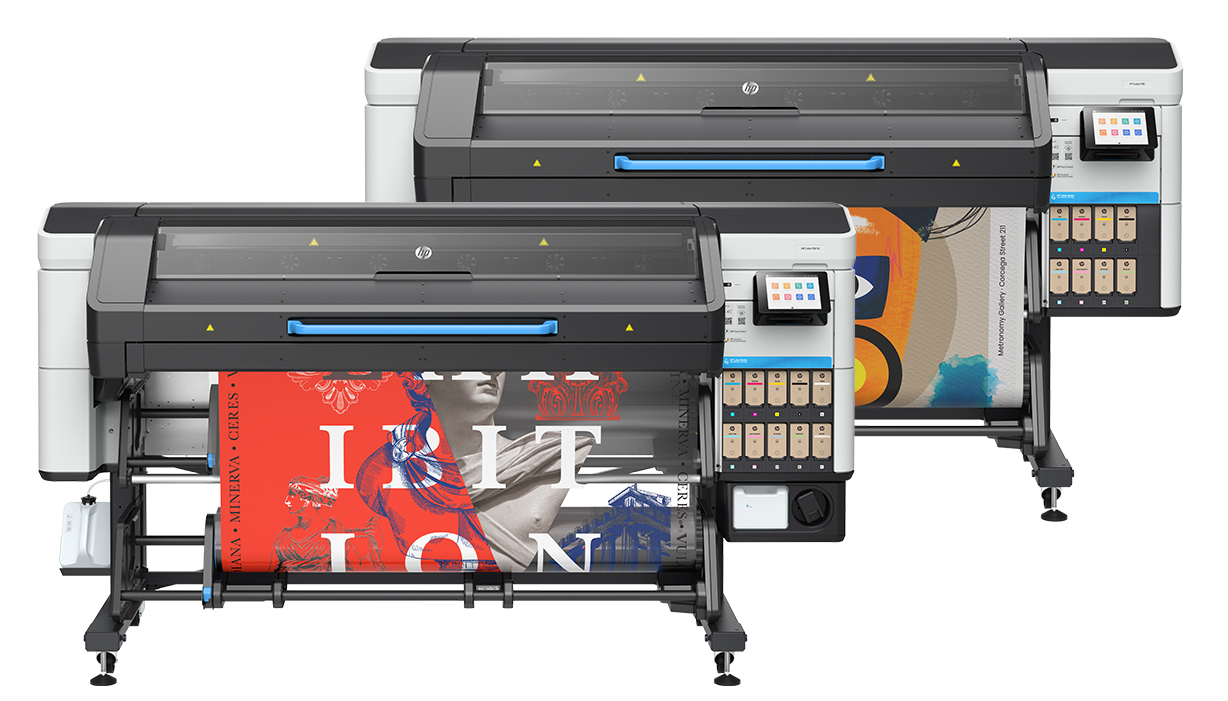
HP Latex 730 / 730 W Series Printers
Optimised Productivity and Reduced Waste
The new HP Latex Series is engineered to simplify production and optimise printing processes. Rapid production speeds significantly reduce printing time, while instant drying prints eliminate waiting times so more jobs can be done in less time. When coupled with the recently introduced HP PrintOS Production Hub software, PSPs can further enhance their operations by simplifying print workflows, order management, and remote production from a centralised, real-time platform.
Productivity and time-saving innovations have been considered at every step of the printing process, from spindle-less front-loading to facilitate quick and easy media loading, to the new output platen which minimises material waste by allowing tighter media control of each print job. PSPs can also optimise inventory management with the new universal printheads and a new long-life maintenance cartridge with an extended lifespan by at least 50%. The HP Latex 830 is enhanced to further reduce running costs, featuring 3-liter HP ink cartridges that can be replaced without halting operations.
Each enhancement delivers a smoother, more efficient workflow that enables faster job turnaround and lower total cost of production – ideal for smaller teams when managing multiple jobs in high-mix, fast-paced large format print production.
“With the new HP Latex 730 and HP Latex 830 series, the beauty is on the inside. It’s the key things that really make a difference, from our new colour pipeline HP Pixel Control to the new output platen that enables PSPs to print from the leading edge, we’re bringing innovation in this new series to deliver unrivalled quality, enhanced production and sustainability” said Daniel Martinez, Global Head and General Manager of HP Large Format Business.
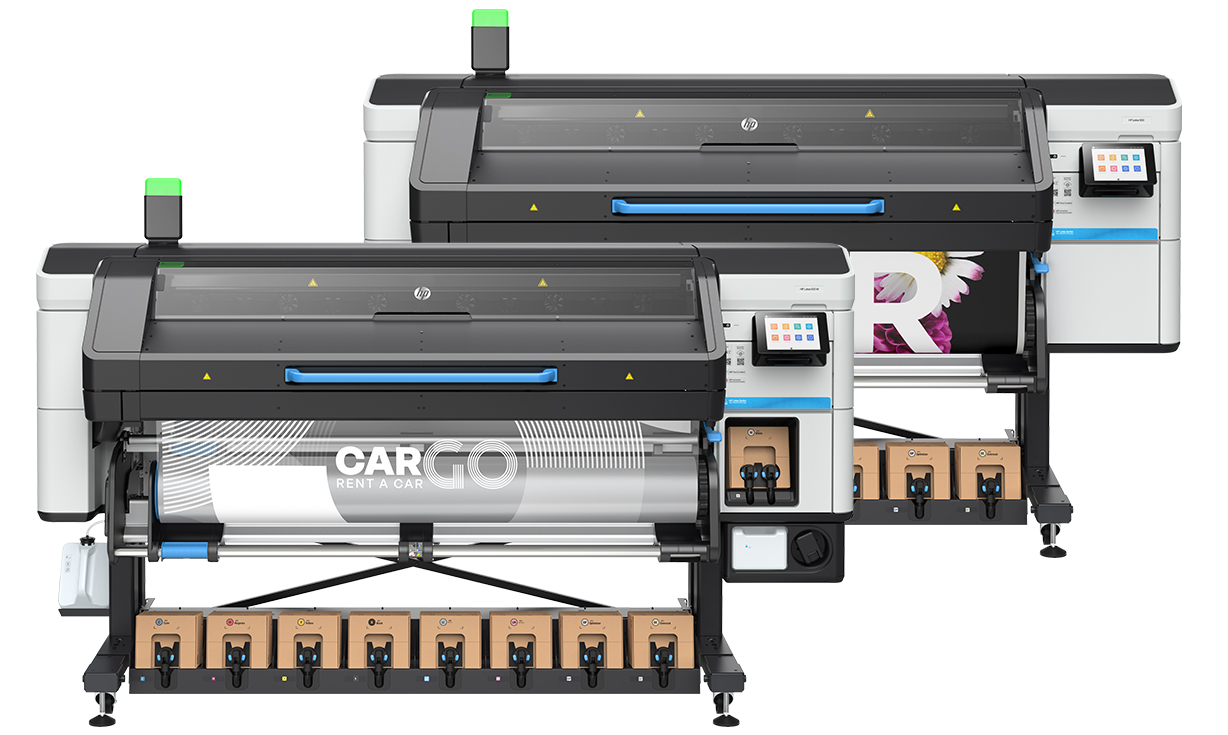
HP Latex 830 / 830 W Series Printers
Leading the Way with Sustainable Solutions
Furthering HP’s commitment to operational efficiency and sustainability, the HP Latex 730 and 830 join the HP Latex 630 as EPEAT Climate+ registered printers, the only printers in the signage industry with this certification. The HP Latex Series supports a more comfortable work environment while helping PSPs meet the growing demand for sustainable, high-impact print applications with water-based, odourless, and UL ECOLOGO-certified HP Latex inks, low emissions, and compatibility with fiber-based recyclable media.
PSPs can also advance their sustainability journey with the Sustainability Amplifier program software, which offers self-assessment tools, personalised recommendations, and expert-developed best practices to improve their environmental impact. Plus, reduce plastic waste with returnable supplies, including the new maintenance cartridge, via HP Planet Partners.
Preston Jordan, Owner and Founder at US-based Digital Precision, a full service environmental graphics production house highlighted the importance of today’s innovations reflecting the growing demand for sustainability, Jordan highlighted “Corporate clients are increasingly interested in sustainability. They’re inquiring about actions to take and how to incorporate sustainability into their marketing messages. They aim to communicate technological efforts to meet current sustainability expectations in an unsustainable industry.”
Availability
The HP Latex 730 and 830 Printer Series will be available worldwide starting May 5, 2025.
HP is also announcing global availability of the breakthrough innovations announced at HP Amplify. The all-in-one compact HP Latex R530 Printer - capable of handling both rigid and flexible media— is general available starting today, and the world’s only large-format software that merges order management and remote production control into a centralised, real-time platform, HP PrintOS Production Hub, will be globally available starting May 20.
About HP
HP Inc. (NYSE: HPQ) is a global technology leader and creator of solutions that enable people to bring their ideas to life and connect to the things that matter most. Operating in more than 170 countries, HP delivers a wide range of innovative and sustainable devices, services and subscriptions for personal computing, printing, 3D printing, hybrid work, gaming, and more. For more information, please visit: http://www.hp.com.





